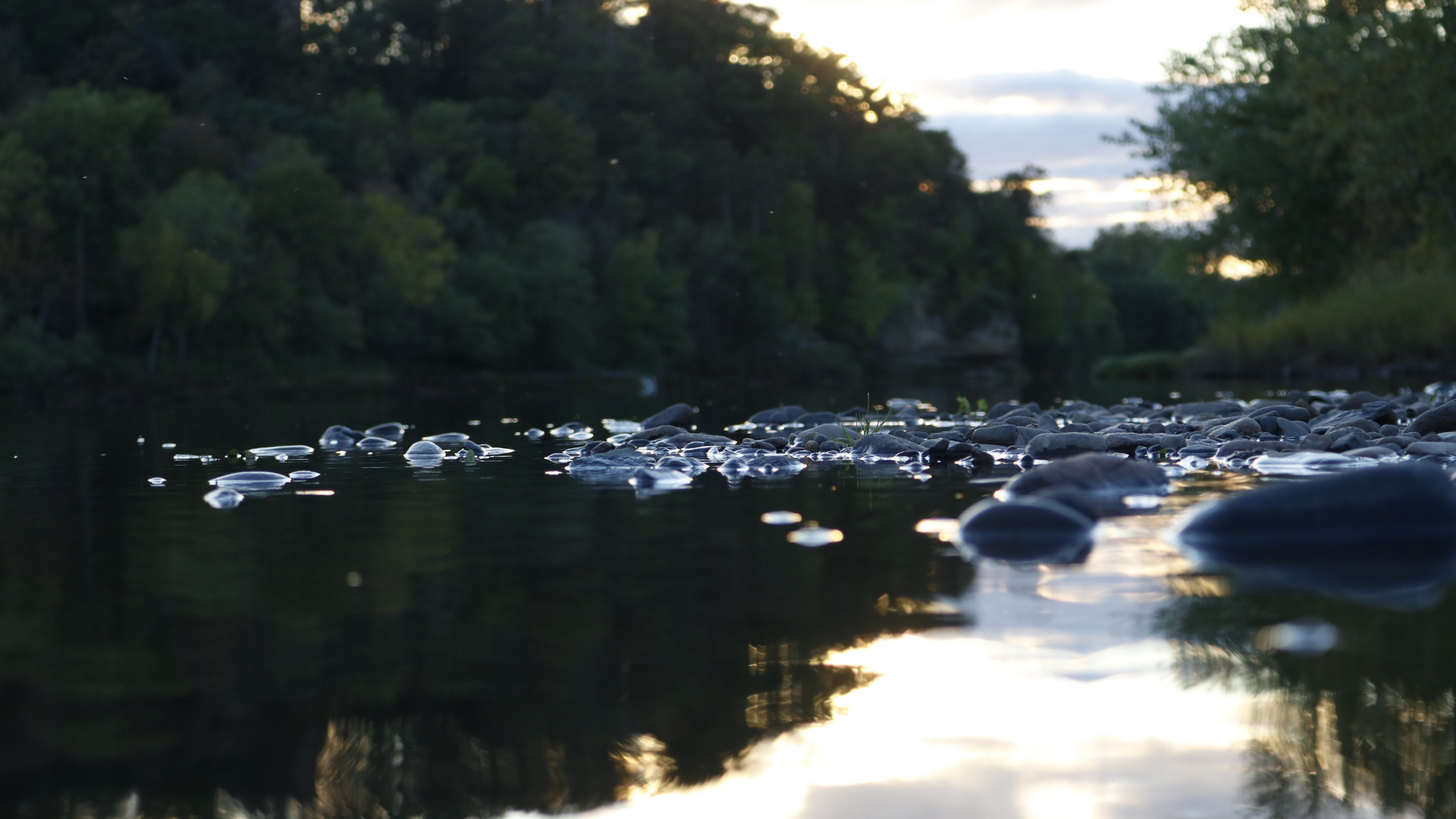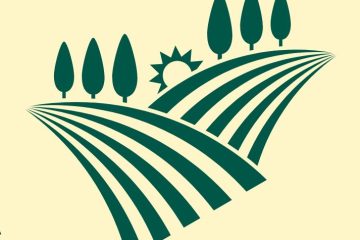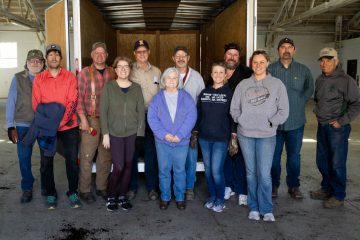Improving Water Quality in Illinois

Conservation & Water Quality: One conservation practice that greatly benefits water quality, yet is often overlooked, is wetlands. Consider promoting this practice in your District or constructing one on your land in an area with consistent low yields, or in a tucked-away corner that could infiltrate tile water. For more urban areas, a rain garden would be a similar practice that would be more fitting.
Illinois was once a vast expanse of wetlands, but lost as much as 90% of them (by area) between the 1780’s and 1980’s, according to T.E. Dahl, USFWS, 1990. Wetlands in Illinois have been drained and filled in since European settlement began in the 1600’s. The estimated rate of loss is between 4,000 – 6,000 acres per year. Major contributors to wetland loss has been artificial drainage to make land suitable for; crop production, housing, transportation, industry, and landfills. Past stream channelization has also reduced wetland acreage. In addition to overall acreage loss, water discharges that would have been infiltrated by wetlands are now directly tapped to surface waters, thus increasing nutrients and sediments to surface waters.
Wetlands
For more insight, wetlands are areas that are part land and part water, where water is the controlling environmental factor. Another key trait; wetlands are not always wet. Three characteristics of wetlands are; water covering the land for all or part of the year (i.e. the water table remains at or near the land surface), hydric soils are present (wet for most of the year and low in oxygen), and wetland vegetation (hydrophilic) is present.
Wetlands act like nature’s kidney, collecting sediment from overland flow and reducing nitrogen runoff before either enters a major stream. Other benefits include; reduced damage from floods, reduced soil erosion, created habitat, a water source for wildlife, and increased recreation opportunities.
Wetlands can be restored, enhanced, or constructed artificially if conditions exist within a tile-drained system. They can range in depth from 18 inches to 6 feet of standing water. Water control structures are used to manage water levels. Overall, landowner goals dictate design parameters. Wetlands can be planted to native grasses with wild flowers, or hard wood trees. Nesting structures can be incorporated into your wetland. These structures will need maintained and new nesting materials added by March 1st each year. Wildlife food plots can also be planted near wetlands.
Many government agencies and private organizations actively contribute to wetland conservation or creation in Illinois. The federal Farm Bill includes various programs regarding wetlands, the; Agricultural Conservation Easement Program, Conservation Reserve Program, and Environmental Quality Incentive Program.
Rain Gardens
Rain gardens are depressional areas landscaped with perennial flowers. In an urban setting, rain gardens could be used to infiltrate storm water from gutters, streets, and overland flow. They can be incorporated into landscape design for both residential and business areas. Terraces can be great locations to install a collection point for rain water, thus alleviating pressure from sewer overflows. Rain gardens are a state cost-shared practice under the IL Department of Agriculture’s Partners For Conservation program.
So, whether your District is predominantly rural or urban, or if you own a quarter of an acre of land or several hundred acres, you can promote and install conservation to help bring wetlands back into Illinois’ landscape.
Kara Downin | Resource Conservationist
Knox County Soil & Water Conservation District
Source: USGS National Water Summary on Wetland Resources
USDA NRCS: Better Wetlands, How You Can Help
Illinois Natural History Survey


